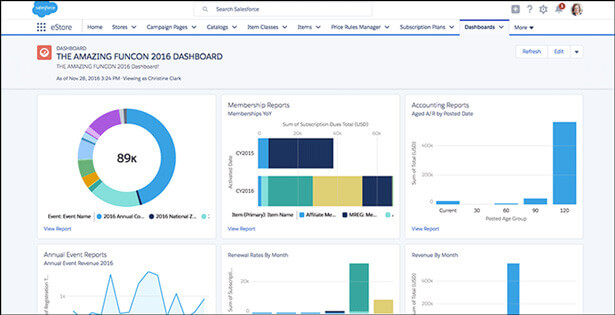
It may include extended customization or promotion capabilities. Provide access to advanced features only on the subscription level. The user can be charged for the event or ticket customization, and a number of sold tickets. Reduce the time spent on the user segmentation, and provide all features for free. You set a charge for using the event website for users (who create events.) To engage a larger audience, you suggest different tiers that vary in feature sets. For the reference, you check also the following monetization options: Review the pricing policies of Eventbrite and its alternatives before working out your price tiers. Why? Because users pay attention to the cost before checking the whole feature list. You should balance the percentage cut and functionality.

But the choice of monetization type is a bit tricky. Eventbrite, for example, offers price tiers with different features and fees. The more your users sell tickets, the more income you will get. The monetization of websites like Eventbrite comes from the percentage cut from sold tickets. Users can manage the event and track performance via reports. The process is simple: create an event, design tickets and start selling.

Event websites and apps have a shared understanding of customer needs. To play things right, let’s look at Eventbrite’s competitors.


 0 kommentar(er)
0 kommentar(er)
